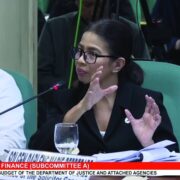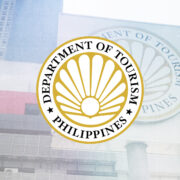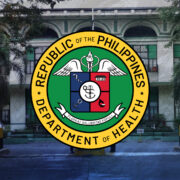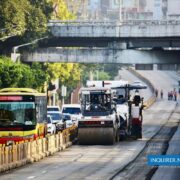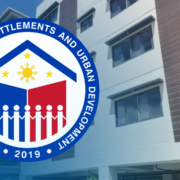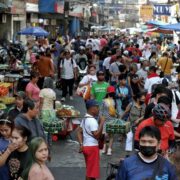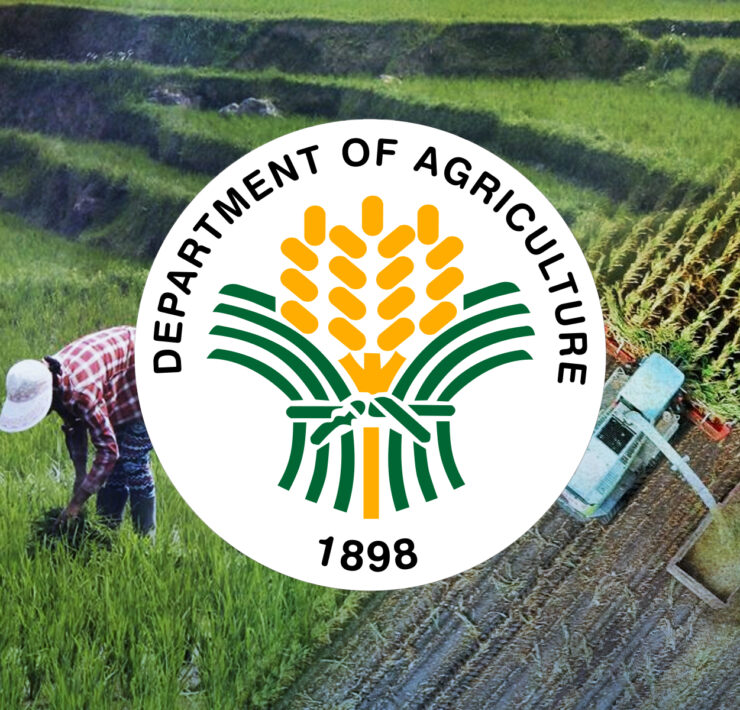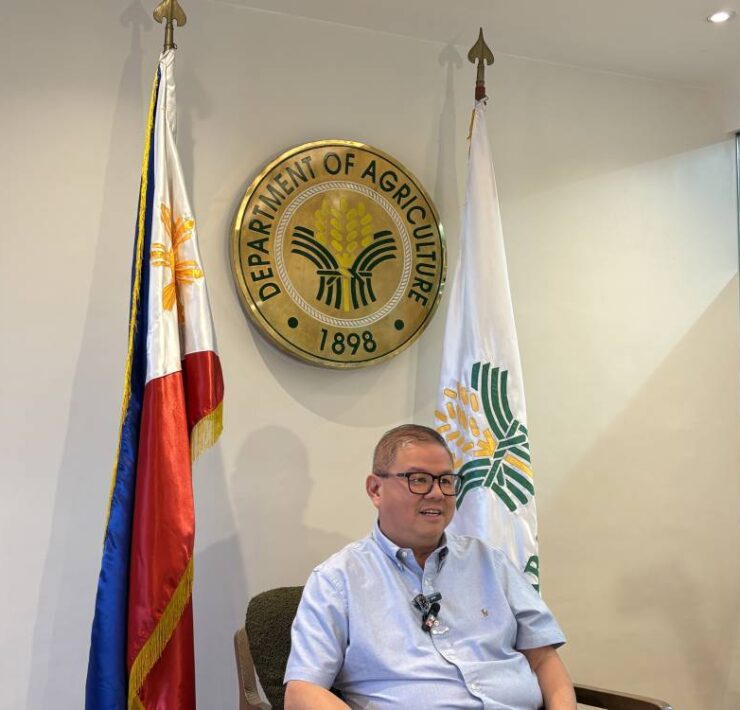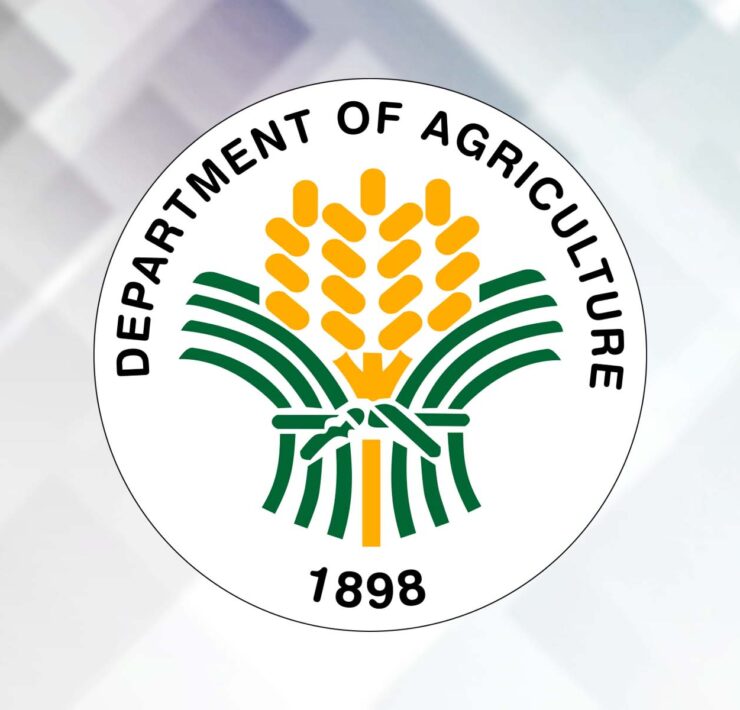Formulating and implementing agriculture road maps
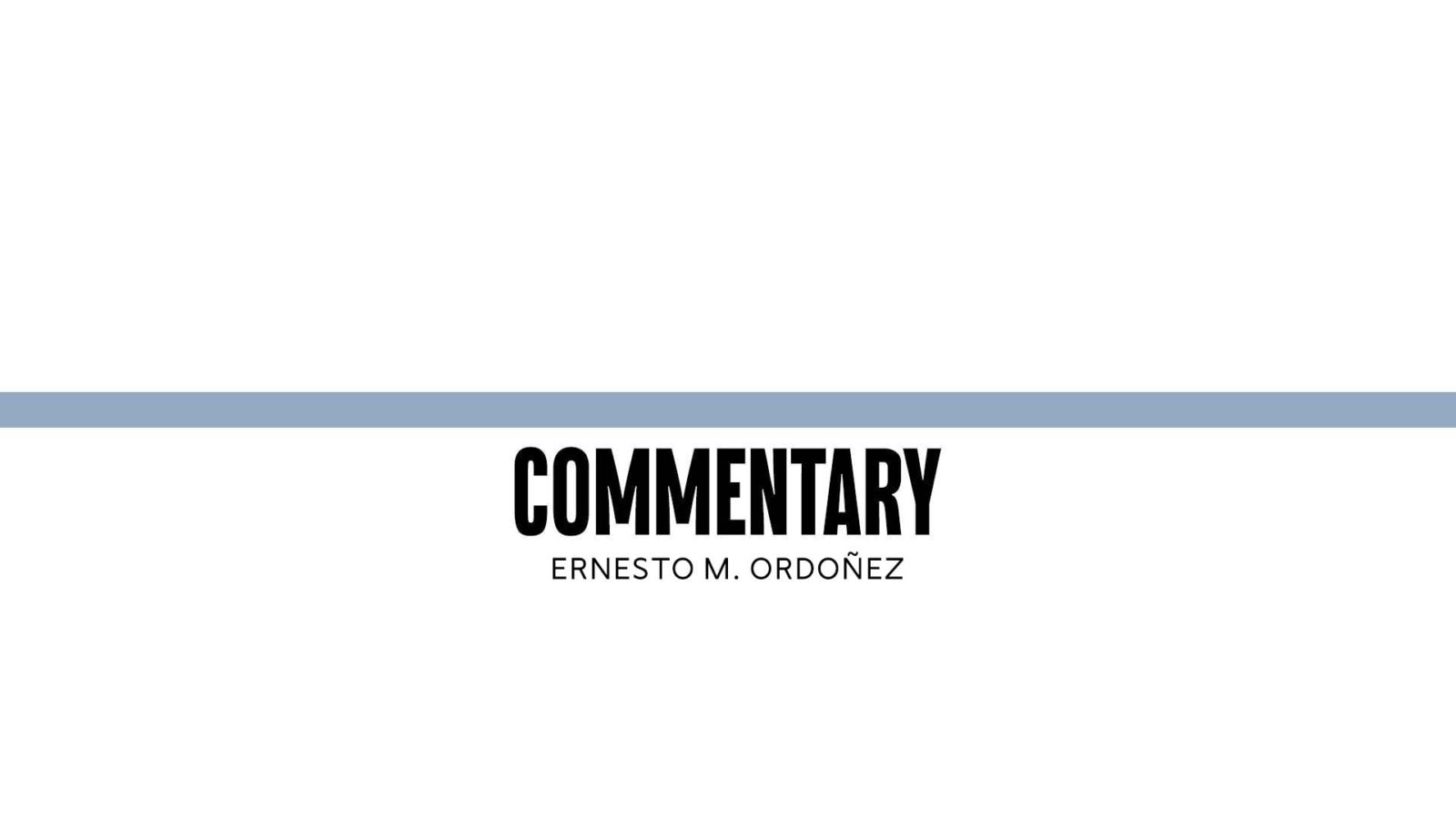
For our country, we must not only do things right (eliminate corruption). We must also do the right thing (increase competence). We should do this as we formulate and implement our agriculture road maps.
Agriculture Secretary Francisco Tiu Laurel Jr. has already shown unprecedented political will in combating corruption by conducting investigations on 14 Department of Agriculture (DA) officials. In addition, apprehensions of contraband increased fourfold during his watch.
Meanwhile, our agriculture exports increased last year by 22 percent, higher than Vietnam’s 18 percent and Thailand’s 6 percent. But perhaps because we had suboptimal agriculture export road maps and weak direction, our $7.8-billion exports last year are very low compared to Thailand’s $52.2 billion and Thailand’s $42.2 billion.
Cacao road map
To improve our agriculture exports, cacao was identified as a promising crop. But without a good road map, this promise may not be fulfilled.
On June 26 to June 27, the private sector Philippine Cacao Industry Associatio, led by Consul Armi Lopez Garcia, worked with the DA and the Department of Trade and Industry for a more effective 2026 to 2028 Philippine Cacao Road map. Central to this effort was Edward Barlaan, professor emeritus of the University of Southern Mindanao. Participants were government agencies and cacao stakeholders across the value chain.
Last Oct. 15, they came together to improve and approve the final version of the cacao road map. Here are some of its key findings.
Cacao production
There is a need for a reliable database and updated information on cacao farmers, volume and production areas.
In addition, suitable areas for intercropping and consolidation should be prioritized. Other crucial factors are rainfall, altitude, soil, logistics and business linkages. This would be very different from the prior practices of advocating cacao production, without considering these important variables.
Nurseries and product systems
There should be enough cacao nurseries in strategic areas. These should be accompanied by cacao by production systems that consider correct planting, irrigation, crop protection, pruning, rehabilitation, harvesting and postharvest management. The lack of production system management has been the cause of many failures.
Product development
Cacao should be developed to its highest potential. This includes a variety of cacao products such as tablea, cacao powder and butter, and various chocolate confectioneries.
Research and development should be done in areas such as varietal improvement, nutrient management and pest and disease protection. Marketing should also be improved with channel management, logistics arrangements and promotion methods.
Participating in the cacao road map, Danilo Fausto, president of Philippine Chamber of Agriculture and Food Inc., said: “This road map is indeed commendable. Unlike some other road maps, this gives specific action steps, with a definite timeline and accountabilities.”
Elias Jose Inciong, chair of the United Broiler Raisers Association, added: “If our sector only had this kind of road map earlier with significant stakeholder involvement, we would not be experiencing the challenges we face today.”
Peril
Given all of this, a significant peril was still identified. What if this suffers the same fate of previous road maps that stayed on the shelf and were never used?
The first response was that this would not happen. The main reason given is that this is a joint venture, with this private initiative fully supported by the government. But there is a large gap, such that there is still no specific person in charge.
The meeting reached an agreement that there should be one focal person from the private sector and one from the government. Unless there is clear accountability of specific persons, the road map implementation may still suffer.
The author is Agriwatch chair, former secretary of presidential flagship programs and projects, and former undersecretary of the Department of Agriculture and the Department of Trade and Industry. Contact is agriwatch_phil@yahoo.com.






